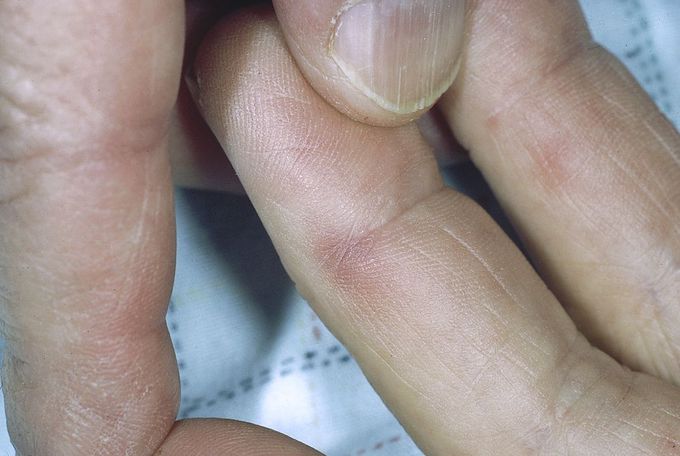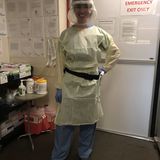
Other commentsSign in to post comments. You don't have an account? Sign up now!
over 6 years ago
What are we looking at? Please give more details so we can learn more. Thank you.
over 6 years ago
We are looking at a criteria/sign of Infective Endocarditis which is the Janeway lesion.This lesion deposits on the side of finger as shown above. There are also other important signs for IE such as Osler's nodes, Roth spot on the eye, splinter haemorrhage and so on. These are actually the vascular phenomenons that happen in IE. But remember the major criteria is definitely by taking blood cultures and obtaining positive cultures. These lesions all come under the minor criteria. Hope it is helpful.




